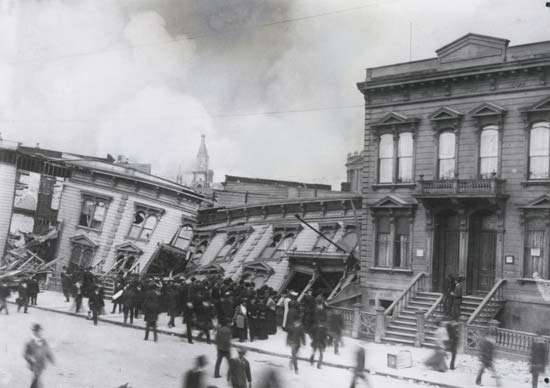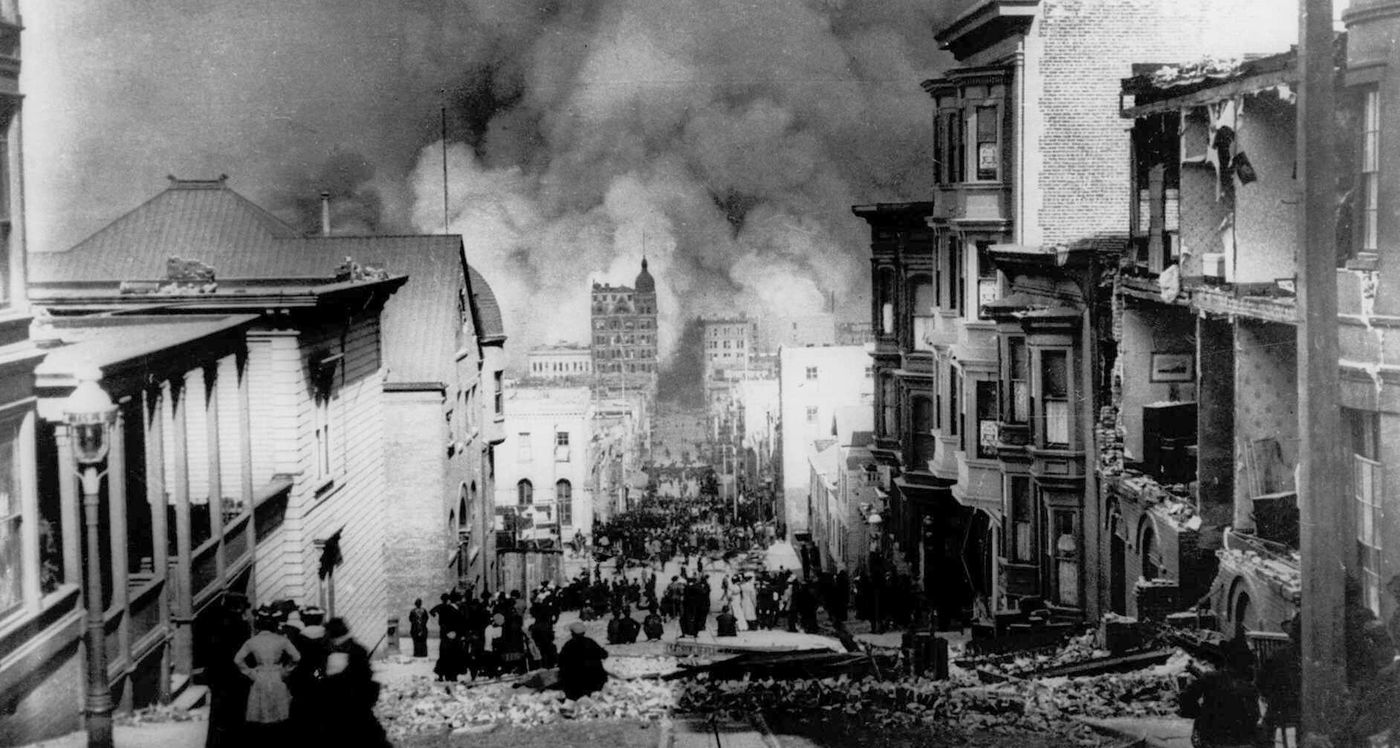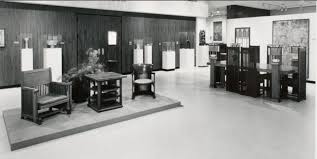Dan Askenaizer
It was 5:12 am, Wednesday, April 18, 1906, when a massive earthquake struck San Francisco. Although this was some thirty years before the development of the Richter scale, geologists today estimate the earthquake’s magnitude at 7.8. Fires raged for days after the earthquake, causing 90% of the damage, but many buildings of all descriptions had been destroyed by the earthquake itself. The event was of particular interest to Southern California architects.
One Los Angeles architect, Octavius Morgan (a board member of the Southern California chapter of the American Institute of Architects), was on a train heading to San Francisco by 3:30 the day of the earthquake. Noting a “great, desire to see the effect of earthquakes on buildings of modern construction, that is, steel frame buildings in particular, and also, if possible, reinforced concrete structures,” he wrote a detailed street-by-street description of what he saw in the ruined city for the May 1906 issue of “The Architect and Engineer of California.”

On May 14, 1906, less than a month after the earthquake struck, the Men’s Club of the First Presbyterian Church of Pasadena held a meeting on the-cause and effect of earthquakes. The speakers were Professor J.F. ChamberIain (geologist from the State Normal School in Los Angeles), local businessman C. D. Sargent and architect Myron Hunt (at the time president of the Southern California chapter of the American Institute of Architects). The Pasadena Evening Star covered the event, reporting that Professor Chamberlain, responding to the prevailing suspicions of the day stated his belief that there was no connection between weather and earthquakes and further that there was no connection between the San Francisco earthquake and the April 7, 1906 eruption of Mount Vesuvius.
Myron Hunt “spoke particularly,” reported the Star, “of the steel buildings, stating that those that had been properly built were in the best state of preservation. The brick and stone buildings that had been erected in a cheap manner were the worst damaged by the shock. According to Mr. Hunt the buildings that were built on natural foundations and were solidly put up stood up the best of any of the buildings until the fire came. Those on the made ground [i.e., landfill were the most damaged.
Many of the old sloughs of San Francisco had been filled up and substantial buildings placed on the fillings. These suffered the most by the shock. As far as the architect was concerned the steel buildings that were put up with care went through the siege of earthquake and fire without any damage. They were all gutted by the flames. The brick and wood buildings were either consumed or completely wrecked.”
We have no record of the response of Henry and Charles Greene to the tragedy in San Francisco, and can only wonder if either of them were in the audience that night to hear Hunt’s presentation. It was later that same year, however, that Robert and NeIIie Blacker decided to make a change from the firm of Myron Hunt and Elmer Grey to Greene and Greene to finish the design of their new brick and wood home in the Oak Knoll subdivision of Pasadena.
Thanks to Sid Gally, Volunteer at the Pasadena Museum of History. This note is based an article he published January 4, 2015 in the Pasadena Star News.



Leave a Reply